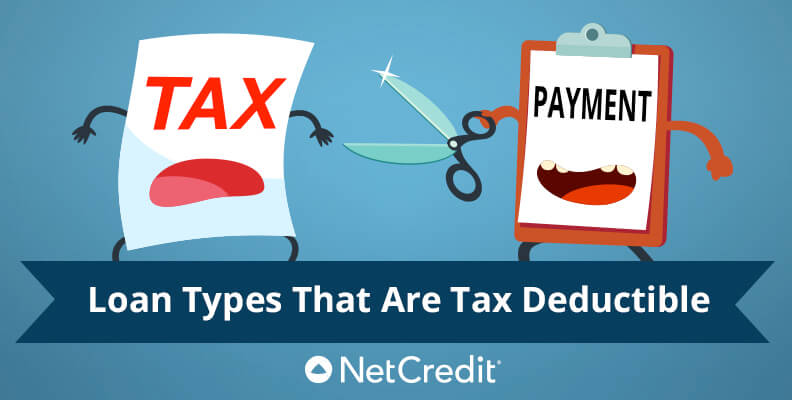 Credit, used responsibly, is a good thing. It helps prime the economic pump by helping consumers buy things now and pay them off over time. When that is done successfully, it also has a positive effect on your credit score, which can benefit many aspects of your life. Certain types of credit have another major benefit — income tax deductibility.
Credit, used responsibly, is a good thing. It helps prime the economic pump by helping consumers buy things now and pay them off over time. When that is done successfully, it also has a positive effect on your credit score, which can benefit many aspects of your life. Certain types of credit have another major benefit — income tax deductibility.
Which types of credit payments are tax-deductible?
Up until 1986, many types of loan interest payments made to a lender were tax deductible. Credit card interest, installment loan interest and mortgage interest payments all helped reduce a taxpayer’s income tax liability.
However, the Tax Reform Act of 1986 made significant changes to the tax implications of interest on consumer loans, and it limited the types of credit that could reduce a person’s income taxes. As a result of that 1986 bill, most consumer loan interest payments are no longer tax deductible.
The bill did have exceptions, and the biggest one was for home mortgage loans.
Many people believe that the greatest beneficiaries of the Tax Reform Act of 1986 were homeowners with mortgage loans that they used to finance a primary residence or a vacation (secondary) home. Today, mortgage loan interest payments continue to be one of the most common income tax deductions taken by those who itemize on their federal returns.
It’s important to remember that it is not the loan payment that is tax deductible but the interest paid. Practically speaking, most of a homeowner’s initial mortgage payments do go toward the interest — so much of the tax deductions for mortgage loans are realized in the initial years of the loan.
For example, say that you borrowed $300,000 to purchase a new home and received a 4.00% fixed rate on a 30-year mortgage. The monthly payment amounts to $1,432. Of that payment, $432 goes toward the loan balance and $1,000 is interest. After the first year, your interest payments add up to $11,903. This is the amount that can be deducted from your income for the purposes of calculating how much income tax to pay.
Here’s how it could then affect tax payments: Let’s say you made $80,000 last year and begin to complete your returns. You can deduct $11,903 from $80,000 for a new taxable income of $68,907. And if you’re married and filing jointly, the tax deduction drops you from a 25 percent tax bracket to a 15 percent tax bracket.
The difference between 25 percent of $80,000 and 15 percent of $68,907 is $10,336. Under these circumstances, the mortgage interest tax deduction dropped your tax bill by nearly half.
It’s important to note that this should not be construed as tax advice. Anytime you need tax guidance, especially when it comes to income tax deductions, you need to seek the advice of a tax professional.
What other loan payments have tax-deductible interest?
In certain circumstances, home equity loans can qualify, as do student loans used to finance a college education. Again, it’s always a good idea to speak to a tax accountant about your eligibility for these and other important deductions.
Unfortunately, those are the main loans that qualify for tax deductions. Other consumer finance interest is not tax deductible and has not been for several years. In addition, the repayment of principal has never been a tax deductible item for consumers.
There aren’t very many loans that carry tax deductible status; but for the ones that do, it can sure make an impact for consumers.






